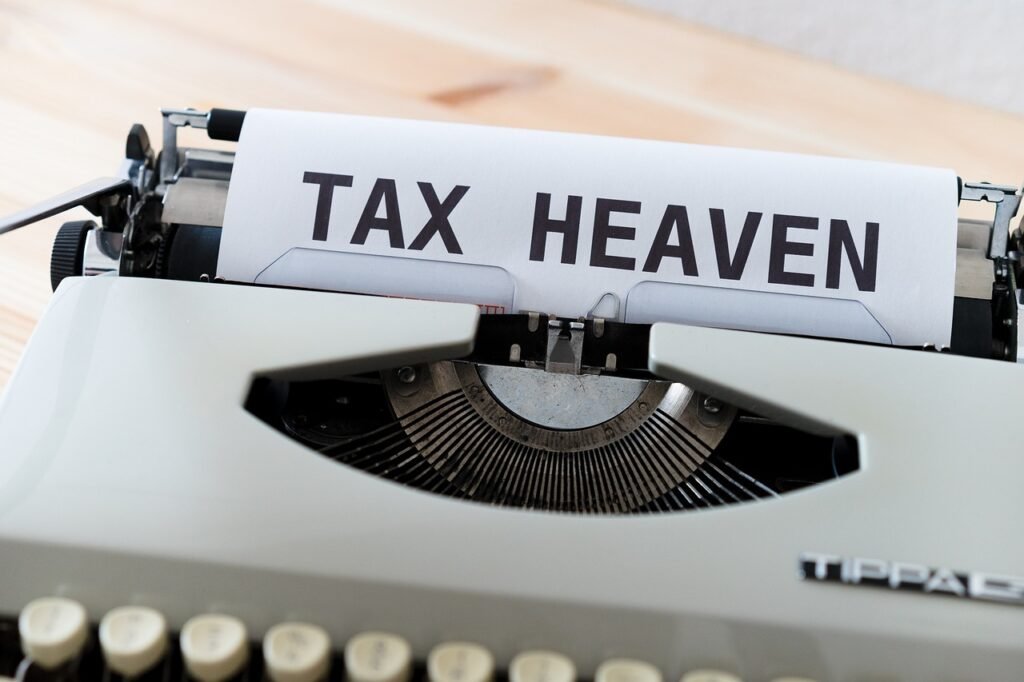Savings tax in the UK interest rates remain above recent historical averages in 2025, more Britons than ever are discovering that their hard-won saving tax may come with an unwelcome surprise—tax. According to HMRC figures, more than 2.6 million taxpayers are facing tax bills on their savings interest this year, a rise of over 120,000 from last year. The surge stems from a combination of frozen tax-free allowances, higher interest rates, and a growing pool of diligent savers.
Personal Savings Allowance: How Much Is Tax-Free?
Tax on savings in the UK revolves around the Personal Savings Allowance (PSA), a policy that lets most people earn a set amount of savings interest each year completely tax-free. In the 2025/26 tax year, the PSA remains unchanged:
Basic-rate (20%) taxpayers: £1,000 of savings interest tax-free.
Higher-rate (40%) taxpayers: £500 of savings interest tax-free.
For the vast majority, including those with modest amounts of savings or lower incomes, this means interest from most ordinary accounts is shielded from tax. However, the freeze on PSA amounts and personal allowances, while savings rates and average deposits are rising, means more people are breaching these limits each year.
Total Tax-Free Potential: Personal Allowance and Starting Savings Rate
Beyond the PSA, two more tax features help shield savings income:
Personal Allowance: Before any income tax is paid—on salary, pension, or savings—the first £12,570 of total income (across all sources) is tax-free. If this isn’t fully used by other income, it can soak up some or all your interest as well.
Starting Rate for Savings: An extra perk for those with very low earned income, this offers up to £5,000 of interest taxed at 0%. However, every £1 of non-savings income over £12,570 reduces this allowance. Only people with total non-savings income under £17,570 can benefit in full.
Combined, a saver with minimal income can potentially earn up to £18,570 in tax-free interest in the 2025/26 tax year—though most who use their allowances on salary or pensions will only benefit from the PSA.

Interest-Bearing Accounts Under the Microscope
You pay tax on interest from almost all UK savings accounts, including current accounts, fixed-rate deposits, and bonds—unless in a tax-free wrapper. Key exemptions are:
ISAs (Individual Savings Accounts): All interest is tax-free, with an annual investment limit of £20,000 for 2025/26.
Premium Bonds: Winnings are not taxed.
Some National Savings and Investments (NS&I) products: Certain accounts offer tax-free interest.
Joint accounts: Interest is split equally for tax purposes unless declared otherwise.
Dividends from shares or funds are not covered by the PSA but have their own £1,000 tax-free dividend allowance for basic-rate taxpayers.
How Tax is Calculated and Collected
If your savings interest exceeds your available PSA (and other unused allowances), the excess is taxed at your marginal rate (20%, 40%, or 45%). Most employed people have this tax collected via an adjustment to their tax code. If you’re self-employed or have substantial non-savings income, or if your savings income alone exceeds £10,000 a year, you must report this on your self-assessment tax return.
Banks and building societies report all interest directly to HMRC. If you do nothing, HMRC typically sends a letter informing you of what’s owed and collects any underpaid tax through future tax codes or direct demands.
What Happens If You Go Over the Allowance?
If your interest exceeds your PSA (and other allowances are already ‘used up’), the excess is taxed at your normal marginal tax rate—20%, 40% or 45%, depending on your total income bracket. For example, if you are a higher-rate taxpayer earning £1,500 savings interest, the first £500 is tax-free and the remaining £1,000 is taxed at 40%, creating a £400 bill.
Banks and building societies no longer deduct tax at source. Instead, HMRC uses information from your accounts to adjust your savings tax code if you’re employed or on a pension. If you fill in a self-assessment tax return, you must declare the interest yourself; otherwise, HMRC may write to notify you if a payment is due, usually by 31 March following the end of the tax year.
Reducing Your Tax Bill: Tips and Strategies
While savings tax is now a reality for many, a few steps can help manage or even eliminate the bill:
Maximise ISAs: Any interest in a cash ISA is always tax-free, regardless of your income or other savings. The annual investment limit for 2025/26 is £20,000.
Split savings in a household: You and a spouse or civil partner can each use your own PSA, potentially sheltering up to £2,000 in savings interest per year.
Check for overpayments: If you have had tax wrongly collected on your savings, you can reclaim it—up to four years after the end of the relevant tax year.
Policy Outlook: What Lies Ahead for Savings Tax?
At present, government policy is to keep the PSA and savings tax bands frozen until April 2028. With rising interest rates forecast to persist, this will put more into savings tax-paying territory, unless a future budget changes course. Campaigners argue that freezing thresholds is a “stealth tax,” steadily increasing tax bills despite no new legislation.
Conclusion: Stay Informed, Stay Savvy
The impact of frozen thresholds and higher interest rates means that UK savers in 2025 must pay closer attention than ever to their tax situation. Simple measures, such as making full use of ISAs, carefully tracking interest, and understanding how your PSA works, can help you keep more of your hard-earned money. In a time of ongoing economic challenge and uncertainty, knowing the rules—and acting on them—can make a real difference to your financial wellbeing.
Read more: matt targett





One thought on “Savings Tax in the UK: What Savers Need to Know in 2025”